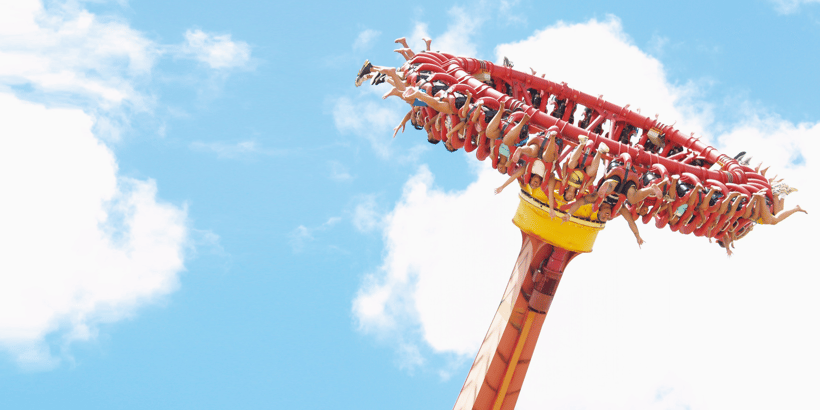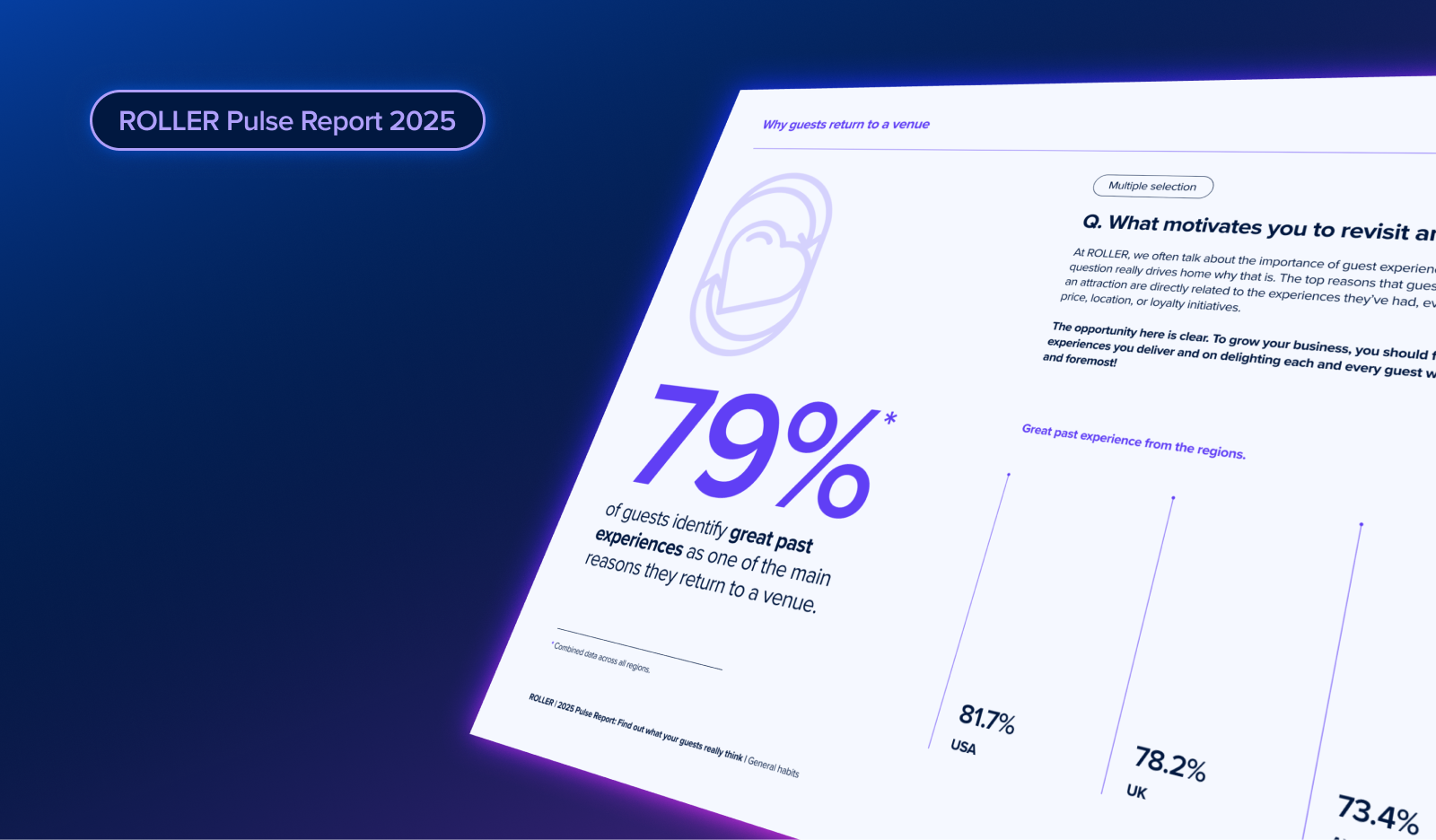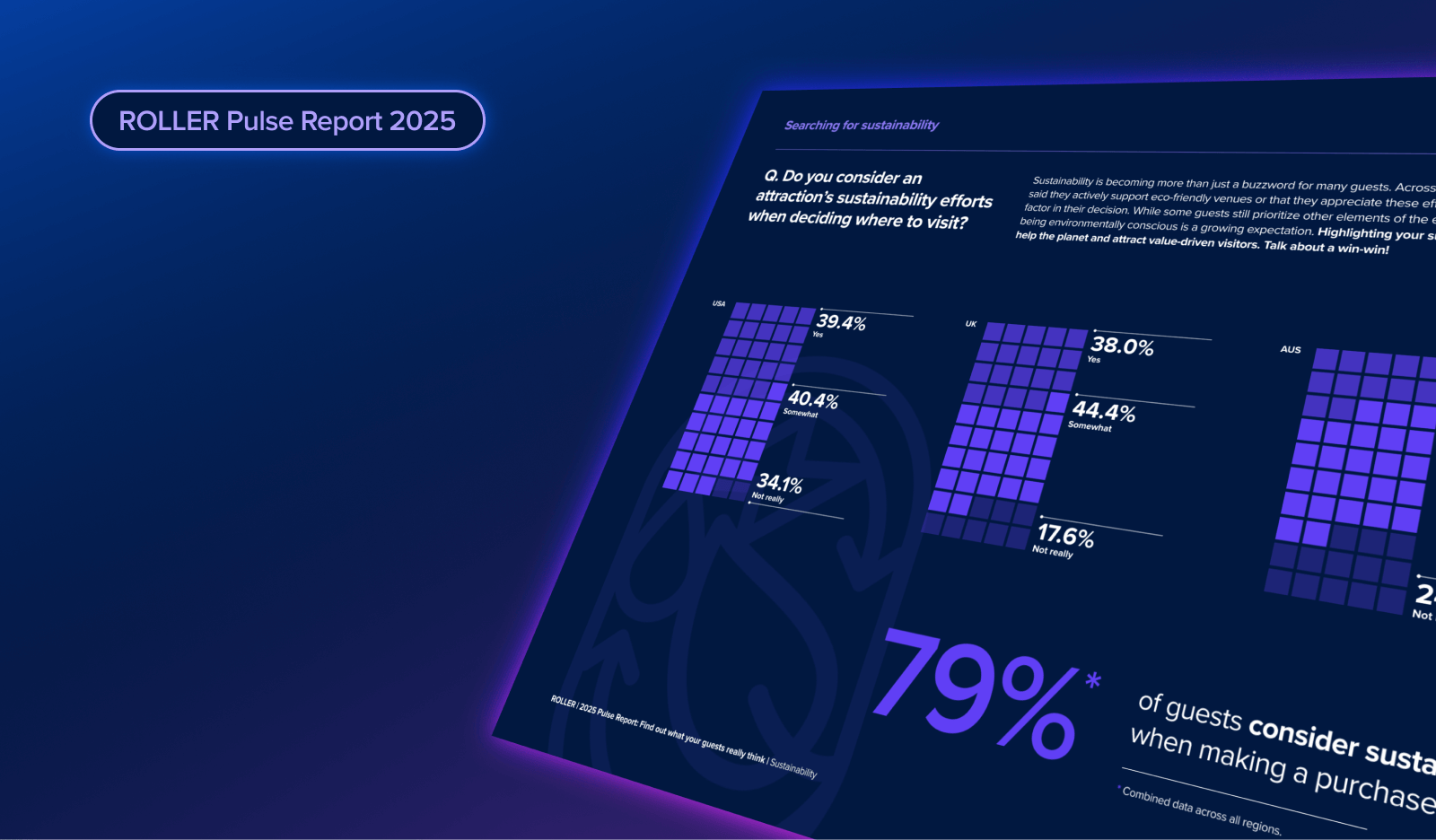How the Peak-End Rule Impacts Your Guest Experience

What are the most memorable moments that guests have when visiting your park?
This might be an easy question for some, and perhaps requires more thought for others. The best follow up question to this would then be: are those moments intentional?
*peak-end rule has entered the chat*
Regardless of how you design your park experience and your guest journey, your guests’ brains are going to filter through the elements of their visit that are worthy of keeping in their memory. As we know, their memory and reflection of their experience will determine if they will visit again and share their experience with others. If the memory of their experience isn’t impactful enough, you will not be nearly as successful in converting first-time visitors into lifelong loyal advocates.
Nikki Padilla Rivera consults for tour operators and her website is Tripkinetics.com. Nikki says that she is a huge fan of the peak-end rule when structuring tours in a wide variety of capacities. When it comes to how people reflect on an experience, Nikki shared on The Guest Experience Show how the peak-end rule should be kept in mind when designing the overall flow of the guest experience. Nikki says, “You will base an entire experience solely on the highlights (the really good or bad parts), the beginning, and the ending. You are not going to remember every single second of a tour, of a vacation, of a year. You are just going to remember the things that stick out, which are the things that are really good and really bad, and those are most potent at the beginning and at the ending.”
The way that this applies to an amusement park is that the peak-end rule indicates that you must do three things:
- Make the arrival experience high-energy, full of anticipation of what’s to come
- Incorporate a few notable moments along the way - the more you implement, the more likelihood that every guest will interact with at least a few
- Craft an emotionally-driven finale to their experience that locks it in place into their memory
Nikki continues, “You need a great beginning, which is hugely underestimated, and the ending is also often underutilized. Take those two moments and craft those really incredible experiences. Your guests should be in tears at the end of their experience.”
Craft at least a few moments in between, and have the peaks built into the experience. Additionally, employees should be trained on how to deliver and craft superior moments, which will ultimately make their jobs feel more fulfilling, as they will feel more connected with the guest experience.
Mat Duerden, Professor at Brigham Young University, also talked about the importance of the peak-end rule on The Guest Experience Show when it comes to the conclusion of an experience. “You should focus heavily on the ending of experiences. I think it’s something that we don’t do really well. You check out of a hotel, and you leave unceremoniously. Or you leave an amusement park and you’re tired, the kids are tired, and you’re wondering where you parked and wondering how to get out of there. Sometimes, as a provider, you’re just grateful that it’s over and that’s gone well. But sometimes we don’t always pay attention to endings.”
It’s time to break the mold that when a park closes for the day, a mass exodus of exhausted guests, sore feet, and cranky kids working their way through a crowd, hopefully to find their car quickly and then sit in traffic for a half hour before they’re even out of your parking lot.
Mat continues, “What is that last touchpoint that you’re going to have with people? Does that mean you’re going to put in a little extra money to make sure that the lighting in your parking lot is better, so it’s well lit? Is there something that you can do to help put a bow on the experience? That might be after they return home, too.”
The anthem that plays before the park opens. The rope drop that unleashes the pent-up demand. The child that gets to announce over the public address that the park is open. The characters who are out in full force and ready to take pictures. Each of these are intentionally crafted beginnings of a day at an amusement park that lock in smiles from the very beginning.
The fireworks at the park close. The staff members thanked guests on their way out. The calming music that slowly fades the energy to avoid an abrupt conclusion when the security sweep begins. The thoughtful lighting packages that illuminate the most iconic structures. The way that you smoothly whisk guests out of your park at the end of the day shows your commitment to the finale of their experience, as you transition them from their onsite experience to their post-visit reflection.
The beginning, the end, and the high points in between. Your guests aren’t going to remember every small detail of their visit, but they will remember the most important moments, and that is what will determine how they perceive their overall experience.
Related articles

.png)
What the 2025 Pulse Report Reveals About Guest Booking Behavior at Attractions

2025 Pulse Report: How Sustainability Is Shaping Guest Expectations
Enhance your guest experience
Get free education, tips and inspiration to help you run a successful venue.